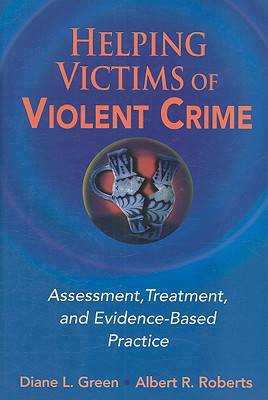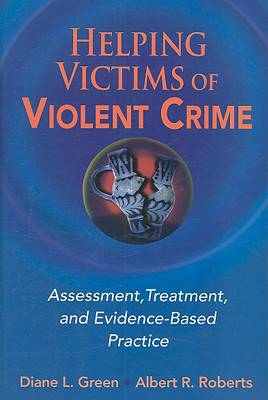
- Retrait gratuit dans votre magasin Club
- 7.000.000 titres dans notre catalogue
- Payer en toute sécurité
- Toujours un magasin près de chez vous
- Retrait gratuit dans votre magasin Club
- 7.000.0000 titres dans notre catalogue
- Payer en toute sécurité
- Toujours un magasin près de chez vous
Helping Victims of Violent Crime
Assessment, Treatment, and Evidence-based Practice
Diane Green, Albert R. Roberts
105,45 €
+ 210 points
Description
Experiencing a criminal victimization, be it violent or non-violent, is among one of the most stressful human experiences. This book explores victim assistance through systems theory, the holistic notion of examining the client in his/her environment, and a key theoretical underpinning of social work practice.
Spécifications
Parties prenantes
- Auteur(s) :
- Editeur:
Contenu
- Nombre de pages :
- 280
- Collection :
Caractéristiques
- EAN:
- 9780826125088
- Date de parution :
- 23-06-08
- Format:
- Livre relié
- Poids :
- 495 g

Les avis
Nous publions uniquement les avis qui respectent les conditions requises. Consultez nos conditions pour les avis.






